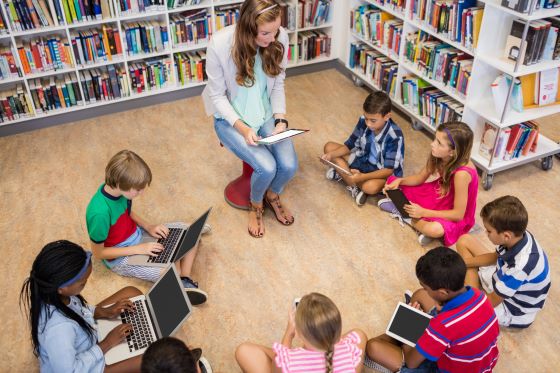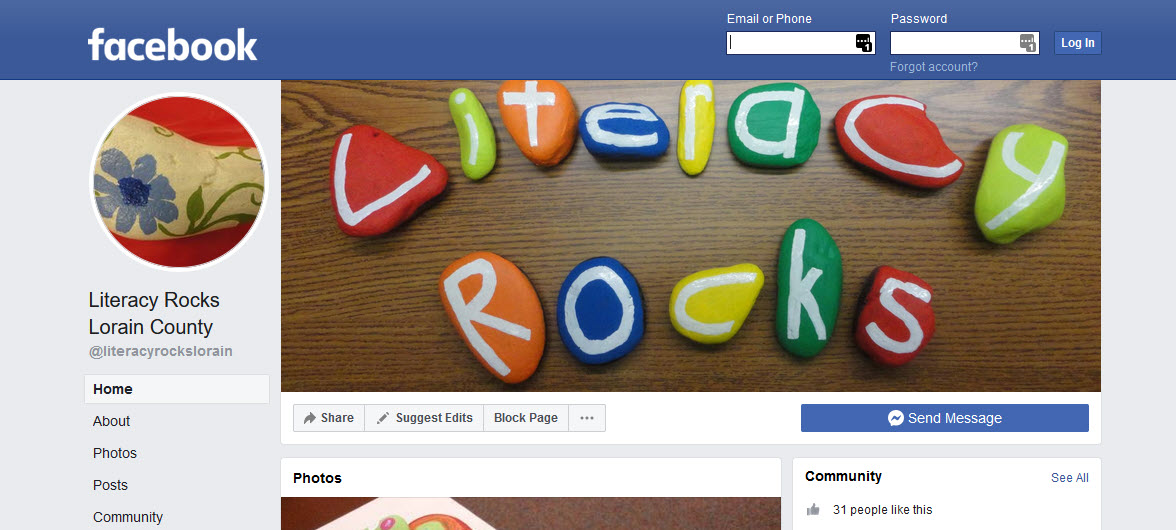Download the Advocacy Checklist Notes from the exercise files at the bottom of this page. As you learn about finding support, building relationships, and the resources available, use the checklist notes to keep track of learning.
Download The Advocacy Action Plan Workbook from the exercise files at the bottom of this page. As you go through the class you will use this workbook to begin creating your advocacy plan.
When searching for a library organization that will support your goals and interests, seek out an organization that will allow you to:

Below is a list of organizations that you can use to get started

Stay Connected is a great way to share your ideas with other library staff, and ask questions. Signing up for INFOhio's E-List will provide you with updates about INFOhio resources, as well as a look at how other libraries are using these resources with their students.

Ohio Educational Library Media Association (OELMA) has a special focus on Ohio school librarians providing opportunities for support, advocacy, and professional development opportunities.

American Association of School Librarians (AASL) is a division of the American Library Association (ALA) that strives to empower school librarians and the school library community to keep the library as the center-driven force for teaching and learning.

EveryLibrary is the first, and only, national organization dedicated to building voter support for libraries. EveryLibrary helps public, school and college libraries secure new state, federal and governmental funding.

ilovelibraries is an initiative of the American Library Association (ALA) and is useful for those who have just started their journey of advocating for their library. This site provides information about promoting the value of your library, issues that affect your library, and ideas on how to advocate for change.
Not only is it important to network with other librarians and join organizations and associations to advocate for the importance of the library, it is also important to build relationships with stakeholders, teaching staff, parents, and students.
Students
The school library provides additional reading support and builds digital literacy. Helping students become familiar with your library provides the students with access to all of the quality resources available. One way to build a relationship with students is to hold a library orientation each year to share what is new, novel, and notable. Christa McAuliffe created a blog post describing the process of creating a meaningful orientation for your students and teachers.
Staff
Partnering with staff on classroom projects creates the foundation for lifelong a relationship between librarian and teacher. Take a moment to review the article Collaboration: Building Relationships One Person at a Time, this article provides a clearer understanding of how to build relationships with teaching staff.

Parents
Parents can also become one of your most vital advocates for your library. They are able to assist with special initiatives and become a voice for your library when communicating with school stakeholders. Helping parents understand how their child will benefit from your school library and what resources are available may require explicit instruction from you. Consider these examples and tips to help you work closely with parents.
Community
Building relationships with communities can begin when libraries emphasize the ways programs and resources lift up key initiatives in the community. One helpful resource to frame community connections is ilovelibraries 5 E's of libraries: education, employment, empowerment, engagement, and entrepreneurship. Each of these terms refer to how the library contributes to the educational growth of the community and encourages lifelong learning. In addition, consider these examples of programs to include your community in the initiatives of your library.

Answer the following questions in the INFOhio School Library Basics Open Space group Discussions. Find the Building Relationships reflection question in the Discussions tab. Reply to the thread and review other participants' responses.
Fetch is avaiable to INFOhio automated schools. If you are an INFOhio school, please log in with your school username/password using the button at the top-left corner of this page.
For more information about Fetch, please visit the Fetch information page or contact INFOhio support at https://support.infohio.org.